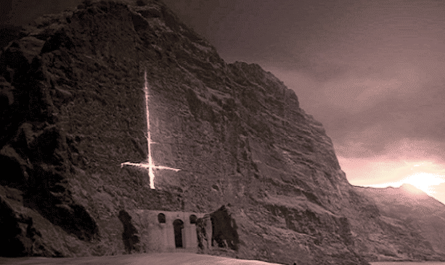🌍 Mount Everest vs. Mauna Kea: Which Mountain Is Truly the Tallest?
When we think of the tallest mountain in the world, Mount Everest likely comes to mind. Towering at 8,848.86 meters (29,029 feet) above sea level, Everest has earned its reputation as the highest point on Earth. But what if we told you that there’s a mountain that actually surpasses Everest in height—just not in the way most people measure it?
Welcome to the fascinating case of Mauna Kea, a dormant volcano in Hawaii that challenges everything we thought we knew about mountain measurements.

🏔️ Mount Everest: The Roof of the World
Mount Everest, located in the majestic Himalayas on the border between Nepal and China, stands as the highest mountain above sea level. For climbers and adventurers, reaching the summit of Everest is the ultimate achievement, and for good reason—it’s where Earth touches the sky.
- Height above sea level: 8,848.86 meters (29,029 feet)
- Geographic significance: Highest altitude on Earth
- Cultural and historical symbolism: A global icon of adventure and endurance
But Everest’s dominance is based solely on elevation above sea level. When we shift the criteria, a surprising contender steps into the spotlight.
🌋 Mauna Kea: The Hidden Giant
Located on Hawaii’s Big Island, Mauna Kea is a dormant shield volcano that doesn’t look particularly imposing at first glance. Its summit reaches just 4,207 meters (13,802 feet) above sea level—less than half of Everest’s height.
But here’s the twist: the bulk of Mauna Kea lies beneath the Pacific Ocean. When measured from its true base on the ocean floor to its summit, Mauna Kea stretches a jaw-dropping 10,210 meters (33,500 feet). That makes it over 1,300 meters (4,300 feet) taller than Mount Everest!
- Height above sea level: 4,207 meters (13,802 feet)
- Height from base to summit: ~10,210 meters (33,500 feet)
- Location: Big Island, Hawaii
- Fun fact: Mauna Kea is home to some of the world’s most advanced astronomical observatories due to its clear skies and high altitude
📊 Why the Difference Matters
The debate over which mountain is truly the tallest depends entirely on how you define “tallest”:
- Highest altitude above sea level? ✅ Mount Everest wins
- Greatest vertical rise from base to summit? ✅ Mauna Kea takes the crown
Even more intriguing, Mauna Kea also boasts incredible dry prominence—the vertical rise from its base (without considering surrounding peaks)—which matches its full base-to-peak height, further solidifying its stature.
🌐 Bonus Round: Chimborazo’s Unexpected Record
To add a wild card into the mix: Mount Chimborazo in Ecuador isn’t the tallest by any traditional metric, but thanks to Earth’s equatorial bulge, its summit is the farthest point from the center of the Earth. It’s a reminder that geography is full of surprises.
🧭 Final Thoughts: A Matter of Perspective
While Mount Everest holds the title of the highest mountain above sea level, Mauna Kea’s immense base-to-peak size makes it the true tallest mountain in terms of sheer structure. This comparison serves as a great reminder that how we measure things—and the perspective we choose—can completely change the story.
So the next time someone asks, “What’s the tallest mountain in the world?” you can smile and say: “Well, that depends on how you measure it.”





